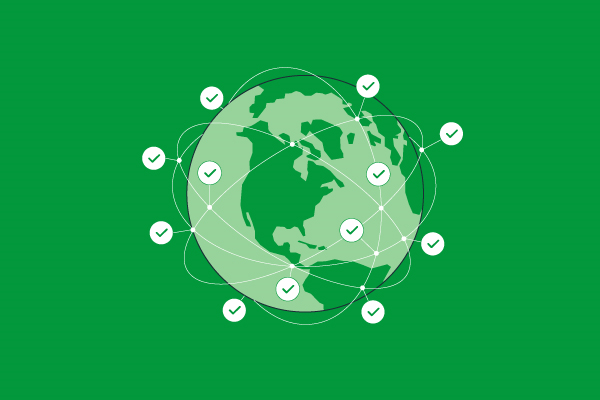With mobile payments already struggling to catch on, the recent face-off between Apple Pay and CurrentC, a payments and loyalty platform developed by a consortium of retailers, could further stall adoption and end up costing merchants customers.
Drugstore chains CVS and Rite-Aid reportedly turned off the ability to accept Apple Pay payments in their stores over the weekend because they are part of Merchant Customer Exchange, the retail group that includes Walmart, Home Depot and other large retails and which developed CurrentC. Some retailers, such as Target, are accepting Apple Pay in their iOS apps but not in their bricks-and-mortar stores.
“Apparently, the MCX contract states that its members can’t accept any other mobile payment method,” said Drew Sievers, founding partner at fintech investor Operative Capital. “In my opinion, that is incredibly short-sighted and likely to backfire.
“Any freshman Econ major will tell you that removing consumer choice is a sure fire way to lose customers, particularly in a commodity-type business like a pharmacy,” he said. “Are you telling me I can’t pay for my aspirin how I want? OK, fine. It’s aspirin. I’ll get it someplace else that respects me more.”
Customer insights
With numerous big retailers part of MCX and therefore contractually obligated to not accept any competing payments solutions, this means that, in the short-term at least, there may not be wide-enough acceptance of Apple Pay in stores for consumers to feel compelled to adopt it.
MCX unveiled CurrentC in September and launched pilot projects across the United States, heading for a national rollout next year. Users can access the MCX network through the CurrentC mobile application as well as participating merchants’ apps.
Retailers are hopeful that CurrentC will catch on because it offers the kind of integrated payments and loyalty solution that will enable them to gather valuable insights about their customers, something that would be more limited with Apple Pay.
Apple Pay
However, Initial responses to CurrentC suggest that it does not offer as strong a user experience as does Apple Pay. This because it is a QR-code based solution requiring users to launch the CurrentC app and display a QR code on the screen that can be scanned to make a payment.
Seamless customer experiences
In contrast, Apple Pay – which was also launched in September – is an NFC-based solution, with users able to place their thumb on the Touch ID sensor to initiate a payment.
While the Apple Pay user experience is more seamless, it is dependent on retailers having contactless terminals in place, which many still do not.Apple Pay also works with many major credit cards, which is another plus since consumers can simply link up their existing credit cards.
In contrast, CurrentC is directly linked to users’ checking accounts.
Apple Pay also offers a better experience because it is built into the user experience in a way that MCX cannot match.
Another NFC-based payments solution, Google Wallet, has also reportedly been disabled at participating retailers’ locations.
Competitive advantage
Denying consumers the ability to use Apple Pay may not have the desired result of encouraging them to download the CurrentC app. Instead, it could simply drive customers elsewhere.
In fact, retailers who are accepting Apple Pay may start to find this is a competitive advantage during the upcoming holiday season.
“Ultimately, these merchants will have to spend far more than their reduction in interchange to convert people to a new payment scheme, let alone attract new customers to replace the customers who leave,” Mr. Sievers said.
“MCX will be a case study in exactly how not to run a business,” he said. “When you put the merchant first, rather than the consumer, you wind up losing business.”
Apple Pay challenges
Still, Apple Pay does face some challenges.
MCX is likely betting that it can drive greater consumer adoption for CurrentC as its QR-based solution is available to anyone with a smartphone. In contrast, Apple Pay is only available on the new iPhone 6.
Apple Pay is also not available on Android phones.
Also, the move to contactless terminals is still in the early stages and could take a while before it is complete.
“The timeline for Apple Pay to reach critical mass is roughly two years, in part because of the EMV terminal migration (which will promote merchant NFC capabilities) and due to the time it takes for a majority of consumers to upgrade to an iPhone 6 (carrier contracts notwithstanding),” said Nathalie Reinelt, an analyst at Aite Group.
“Depending on how long merchants are obligated to MCX, they could simply be hedging their bets until they can confirm which mobile payment offering is the better move,” she said. “This doesn’t even take into account that Apple Pay is not available on the Android platform, which is a little over 50 percent of the U.S. smartphone population, so regardless, there is a solid market opportunity for an Android mobile payment solution.”








Comments are closed.